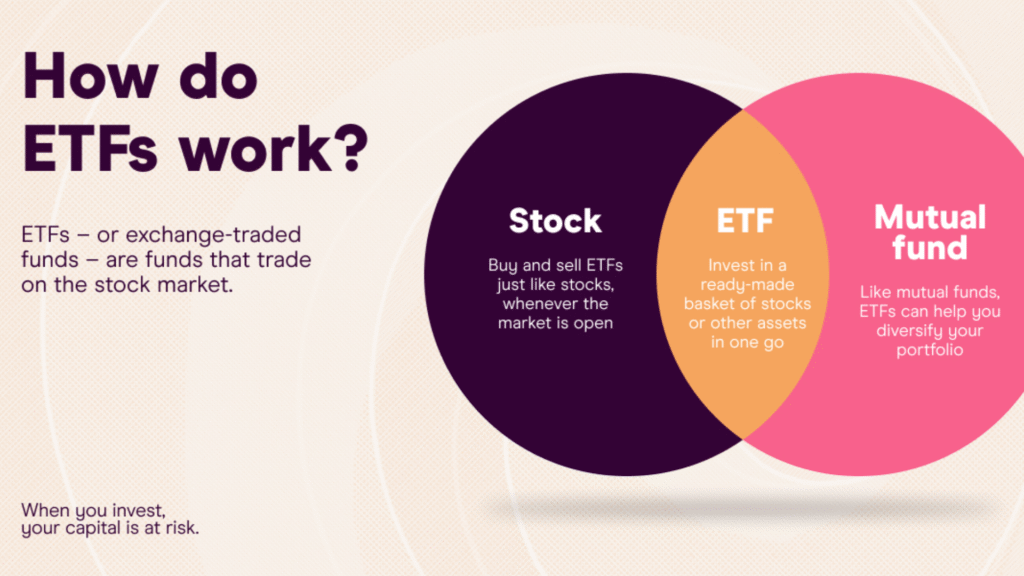The Ultimate Guide to Understanding the Stock Market
The Ultimate Guide to Understanding the Stock Market The stock market has always fascinated investors, entrepreneurs, and everyday individuals looking to grow their wealth. From Wall Street in New York to Dalal Street in Mumbai, the stock market is often seen as a symbol of economic growth and financial opportunity. But for beginners, it can also feel confusing and intimidating. In this blog, we’ll dive deep into what the stock market is, how it works, why it matters, and how you can start your journey as an informed investor. 1. What is the Stock Market? The stock market is a marketplace where buyers and sellers trade shares of publicly listed companies. When you buy a share, you own a small portion of that company. This ownership allows you to benefit if the company performs well and its share price increases. Think of it as a bridge that connects businesses seeking capital with investors seeking growth opportunities. 2. How Does the Stock Market Work? The process may seem complicated, but it follows a simple principle: demand and supply. If more people want to buy a stock (demand) than sell it (supply), the price goes up. If more people want to sell a stock than buy it, the price falls. The stock market is powered by stock exchanges such as: NYSE (New York Stock Exchange) – USA NASDAQ – USA BSE (Bombay Stock Exchange) – India NSE (National Stock Exchange) – India These exchanges provide a regulated and transparent environment for trading. 3. Why is the Stock Market Important? The stock market plays a key role in the economy for several reasons: ✅ Helps companies raise capital – Businesses sell shares to fund expansion.✅ Creates wealth for investors – People can grow money over time through investing.✅ Boosts economic growth – Strong markets attract global investment.✅ Encourages entrepreneurship – Startups and big companies can access funding. 4. Key Participants in the Stock Market Several groups are active in the market, each with a unique role: Retail Investors – Everyday people like you and me. Institutional Investors – Banks, mutual funds, insurance companies. Stockbrokers – Middlemen who facilitate trades. Regulators – Bodies like SEBI (India) or SEC (USA) ensure transparency and protect investors. 5. Types of Stocks Not all stocks are the same. They can be classified as: Blue-Chip Stocks – Shares of large, established companies (e.g., Reliance, Apple). Growth Stocks – Companies expected to grow faster than average (e.g., Tesla, Zomato). Value Stocks – Undervalued companies with strong fundamentals. Dividend Stocks – Companies that pay regular dividends to shareholders. Penny Stocks – Very cheap, high-risk shares of small companies. 6. Stock Market Instruments Besides stocks, there are other instruments to invest in: Bonds – Loans given to companies/government. Mutual Funds – Pool of money managed by professionals. ETFs (Exchange-Traded Funds) – Basket of stocks traded like a single stock. Derivatives – Contracts like futures and options for speculation or hedging. 7. How to Start Investing in the Stock Market If you’re a beginner, follow these steps: Educate Yourself – Learn the basics of investing. Open a Demat & Trading Account – Required for buying/selling shares. Choose a Broker – Select a reliable stockbroker (like Zerodha, Upstox, Robinhood). Start Small – Invest with small amounts to gain experience. Diversify – Don’t put all your money into one stock. Stay Consistent – Long-term investing builds wealth. 8. Risks in the Stock Market While the stock market offers great opportunities, it comes with risks: ⚠️ Market Volatility – Prices rise and fall unpredictably.⚠️ Company Performance – Poor results can crash stock value.⚠️ Economic Factors – Inflation, interest rates, and policies impact stocks.⚠️ Emotional Investing – Fear and greed can lead to bad decisions. 👉 Golden Rule: Only invest what you can afford to lose. 9. Strategies for Success in Stock Market Investing Smart investors use proven strategies, such as: Long-Term Investing – Holding quality stocks for years. Value Investing – Buying undervalued stocks with potential. Growth Investing – Targeting fast-growing companies. Dividend Investing – Earning regular income from dividends. Day Trading/ Swing Trading – Short-term buying and selling for profit. 10. Future of the Stock Market With technology, the stock market is evolving rapidly: AI and Algorithms – Machines making faster trading decisions. Fractional Investing – Buying small portions of expensive stocks. Globalization – Easy access to foreign markets. Digital Assets – Rise of crypto and tokenized stocks.





